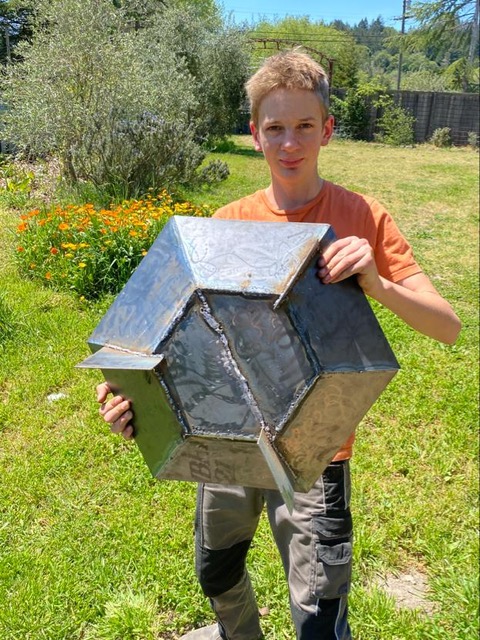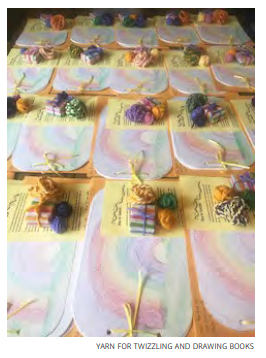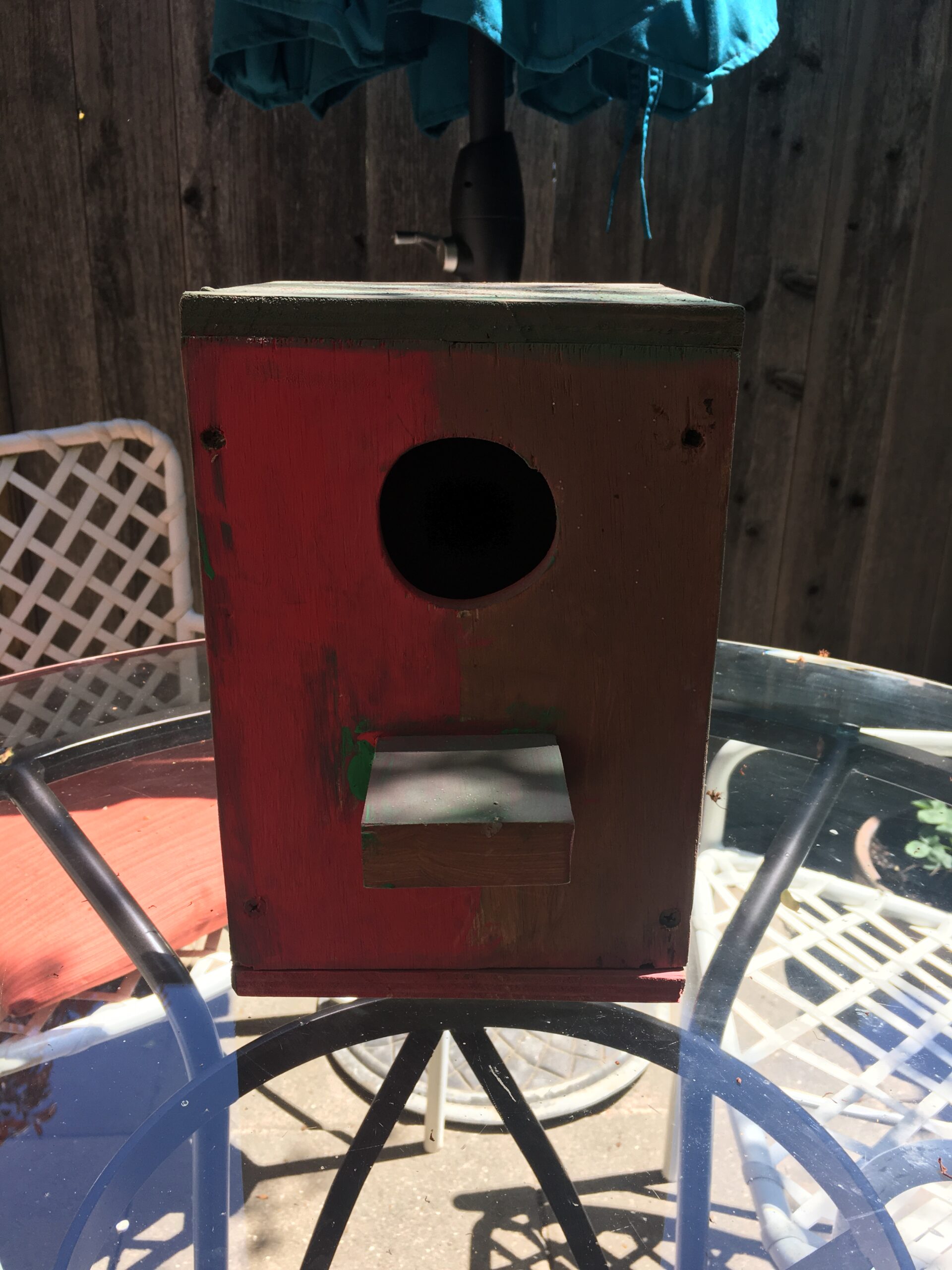Articles on Distance Learning from our monthly newsletter The Messenger

A Unique Aspect of Waldorf Education: The Governance Council Introduces Distance Learning
One of Rudolf Steiner’s insights for us as teachers is that what we remember and what we know or come to understand are two fundamentally different human processes. This means that if we wish to educate young people so that they come to know, it must happen by a different process than how we ask them to remember. Of course these two processes overlap and interact, and both are necessary in educational practice. However, most of humanity for most of modern history has focused on educational methods that train memory with coming to know as a by-product, and few pedagogies outside Waldorf education have focused on a method that addresses the question: How do we come to know? Read more in our newsletter….

Widening the Circle: How Early Childhood Is Holding Our Younger Students
When we call up images of a Waldorf Early Childhood classroom, most of us will picture the warm colors, the seasonal treasures on display, the natural play things tidily placed on shelves and in cubbies, the long wooden tables encompassed by a multitude of pint-sized chairs, and a bounteous kitchen stocked with grains, vegetables and fruit. The feelings that emerge will likely be those of warmth, security, coziness, calmness and a delightful anticipation of what might unfold in this special space. Every Waldorf early childhood classroom is designed as a home-away-from-home. The rhythms of the day hold us like a well-worn pathway that offers direction and purpose as well as welcome opportunities to step off the path and into the less traveled places for exploration and adventure. We always find our way back. Read more in our newsletter….

Distance Learning in the Lower School: Different Strokes for Different Folks
In the Lower School (Grades One through Eight), distance learning features are different from grade to grade, evolving with what is most
age-appropriate and meaningful, as determined by the class teacher and in collaboration with the lower school faculty. Read more in our newsletter…

A Window Into the High School: Independent Learning From Home
What activities could students say “yes” to and enter with their whole beings? How could each student be inspired to live with questions from main lesson all day long? What unique opportunities might our “sheltering in place” provide for learning? These were questions that the high school faculty entertained in preparing a new schedule and lessons for April. What emerged were these goals: independence in planning a project the student chooses, deeper dives into core topics, time to experience nature as a teacher, practices for establishing rhythms, finding balance, and slowing down. All of these together would strengthen the individual student, and possibly open new avenues of growth… Read more in our newsletter…
